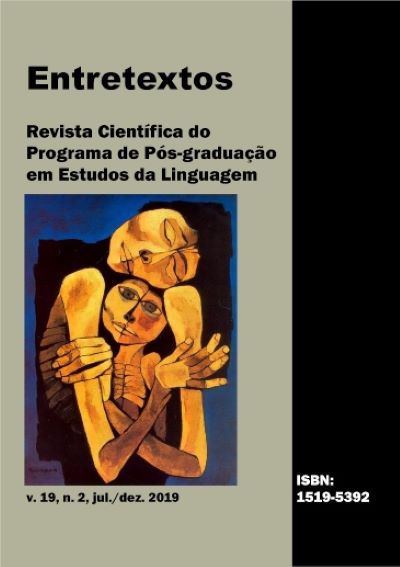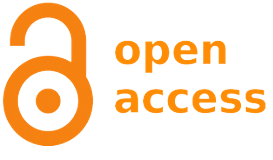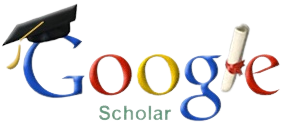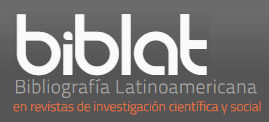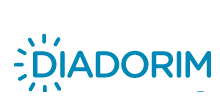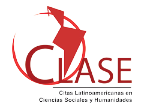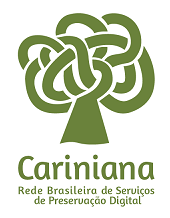Meme: genre and teaching through didactic sequence
DOI:
https://doi.org/10.5433/1519-5392.2019v19n2p63Keywords:
Critical Literacy, Visual Design Grammar, Genre, MemeAbstract
This paper aims to present a research of teaching memes, in terms of the application of the didactic sequence as an interventive pedagogical proposal in classes of adult education (highschool final years), in a public school in the State of São Paulo. The paper, based on this case study, discusses aspects of this genre through the theoretical perspective of the Generic Potential Structure and the Visual Design Grammar. Within the proposal, we characterized the meme as an emergent genre of great interest of students, who, during the research, could develop reading and writing skills of memes, having a more conscious use of visual and textual elements which are aspects thereof. In addition, the pedagogical intervention was effective in exploring linking matters related to critical literacy for the reconstruction of paradigms, values and ideologies attached to the development of the multimodal communicative competence in the genre.
Downloads
References
BRASIL. Ministério da Educação. Parâmetros curriculares nacionais: ensino fundamental. Brasília: MEC, 1998.
BROWN, Penelope; LEVINSON, Stephen C.; LEVINSON, Stephen C. Politeness: some universals in language usage. Cambridge: Cambridge University Press, 1987.
CERVETTI, Gina; PARDALES, Michael J.; DAMICO, James S. A tale of differences: comparing the traditions, perspectives, and educational goals of critical reading and critical literacy. Reading online, n. 9, 2001. Disponível em: http:/ /www.readingonline. org/articles/cervetti/. Acesso em: 27 jan. 2004.
CORACINI, Maria José Rodrigues Faria. CORACINI, M. J. (org.). O jogo discursivo na aula de leitura: língua materna e língua estrangeira. Campinas: Pontes, 1995.
COSCARELLI, Carla Viana; RIBEIRO, Ana Elisa (org.). Letramento digital: aspectos sociais e possibilidades pedagógicas. 2. ed. Belo Horizonte: Autêntica, 2007.
COSTA VAL, Maria da Graça. Atividades de produção de textos escritos em livros didáticos de 5a a 8a séries do ensino fundamental. In: ROJO, Roxane; BATISTA, Antônio Augusto Gomes. Livro didático de língua portuguesa: letramento e cultura escrita. Campinas: Mercado de Letras, 2003. p. 125-152.
DAVISON, Patrick. The language of internet memes. In: MANDIBERG, Michael. The social media reader. New York: New York University Press, 2012. p. 120-134.
DAWKINS, Richard. Memes: the new replicators. In: DAWKINS, Richard. The selfish gene. London: Cambridge, 1976. p. 189-201.
DOLZ, Joaquim; NOVERRAZ, Michele; SCHNEUWLY, Bernard. Sequências didáticas para o oral e a escrita: apresentação de um procedimento. In: SCHNEUWLY, Bernard; DOLZ, Joaquim (org.). Gêneros orais e escritos na escola. Campinas: Mercado de Letras, 2004. p. 95-128.
DONDIS, Donis A.; CAMARGO, Jefferson Luiz. Sintaxe da linguagem visual. São Paulo: Martins Fontes, 1997.
EGGINS, Sírio; MARTIN, James R. Genres and registers of discourse. London: Routledge, 1997.
GARCIA, Liliana Bueno dos Reis. A ideologia e o poder disciplinar como formas de dominação. Trans/Form/Ação, São Paulo, n. 11, p. 53-59, 1988.
GOFFMAN, Erving. Frame analysis. New York: Harper Colophon books, 1976.
GOFFMAN, Erving. On face-work: an analysis of ritual elements in social interaction. Psychiatry: journal for the study of interpersonal processes. London, v.18, n. 3, p. 213-231, 1967.
HALLIDAY, Michael Alexander Kirkwood. An introduction to functional grammar. 2. ed. London: Edward Arnold, 1994.
HALLIDAY, Michael Alexander Kirkwood; HASAN, Ruqaiya. Language, context, and text: aspects of language in a social-semiotic perspective. Victoria: Deakin University, 1989. p. 52-69.
KARWOSKI, Acir Mário; GAYDECZKA, Beatriz. Multiletramentos na escola. Revista Brasileira de Educação, Rio de Janeiro, v. 18, n. 55, p. 1053-1056, 2013.
KRESS, Gunther R.; VAN LEEUWEN, Theo. Multimodal discourse: the modes and media of contemporary communication. London: Oxford University Press, 2001.
KRESS, Gunther R.; VAN LEEUWEN, Theo. Reading images: the grammar of visual design. Kingdom: Psychology Press, 1996.
MACIEL, Ruberval Franco; TAKAKI, Nara Hiroko. Novos letramentos pelos memes: muito além do ensino de línguas. In: MACIEL, Ruberval Franco; JESUS, Dánie Marcelo de (org.). Olhares sobre tecnologias digitais: linguagens, ensino, formação e prática docente. Campinas: Pontes, 2015. p. 53-82.
MAGNANI, Luiz Henrique. Um passo para fora da sala de aula: novos letramentos,mídias e tecnologias. Revista X, Curitiba, v. 1, p. 1-18, n. 1, 2011.
MARTIN, James R. Beyond exchange: appraisal system in english. In: HUNSTON, Susan; THOMPSON, Geof. (ed.). Evaluation in text: authorial stance and the construction of discourse. Oxford: Oxford University Press, 2000. p. 145-172.
MASSARUTO, Filippo Antonio; DO VALE, Lara Ferreira; ALAIMO, Marcela Miquelon. Educomunicação: o meme enquanto gênero textual a ser utilizado na sala de aula. Revista Pandora Brasil, São Paulo, v. 13, n. 83, p. 1-11, jun. 2017.
MATTOS, Andréa Machado de Almeida; VALÉRIO, Kátia Modesto. Letramento crítico e ensino comunicativo: lacunas e interseções. Revista Brasileira de Linguística Aplicada, Belo Horizonte, v. 10, n. 1, p. 135-158, 2010.
MENDONÇA, Marina Célia; LARA, Marina Totina de Almeida. Gêneros do discurso, ensino/aprendizagem e verbo-visualidade: o caso do meme em um curso prévestibular online. Prolíngua, João Pessoa, v. 12, n. 2, 149-162, out./dez. 2017.
MINAYO, Maria Cecília de Souza. Pesquisa social: teoria, método e criatividade. São Paulo: Editora Vozes Limitada, 2011.
OLIVEIRA, Marcos Antônio; MALTA, Daniela Paula Lima Nunes; AQUINO, Alisson Arlindo Silva. Práticas de letramento e multimodalidade: uma análise sobre o uso do gênero “meme” na sala de aula. Revista do GELNE, Natal, v. 19, n. 2, p. 62-77, 2017.
POSSENTI, Sírio. Os humores da língua. Campinas: Mercado de Letras, 1998.
ROJO, Roxane; MOURA, Eduardo. Multileramentos na escola. São Paulo: Parábola Editorial, 2012
Downloads
Published
How to Cite
Issue
Section
License
Entretextos adota a Licença Creative Commons Attribution 4.0 International, portanto, os direitos autorais relativos aos artigos publicados são do(s) autor (es).
Sob essa licença é possível: Compartilhar - copiar e redistribuir o material em qualquer suporte ou formato. Adaptar - remixar, transformar, e criar a partir do material, atribuindo o devido crédito e prover um link para a licença e indicar se mudanças foram feitas.

